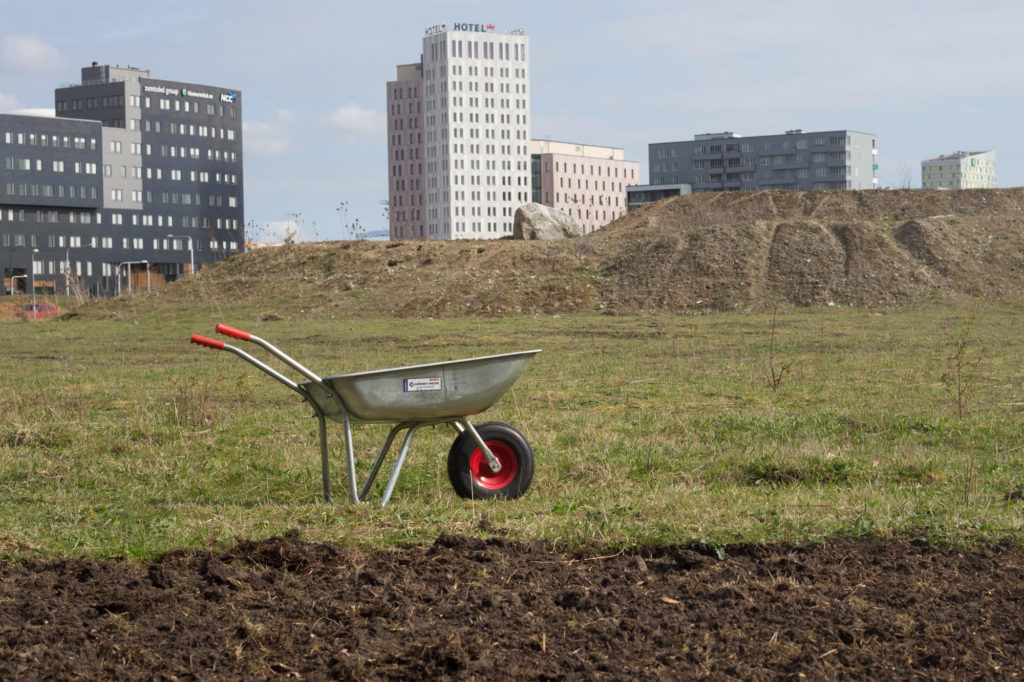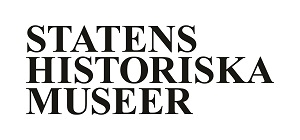
ABOUT
Humus Economicus – an art and research initiative exploring the value and future of soil in urbanized landscapes
This research initiative operates at the intersection of critical heritage studies, urban studies, and artistic research and practice in the transdisciplinary field of environmental humanities. It seeks to draw attention to radically altered human-soil relations, the invisible work of soils, and practices of soil care in a time when soils are sealed and degraded at rapid rates. Humus economicus consists of six team members (see below) and is initiated by artist and environmental humanities researcher Dr. Janna Holmstedt at National Historical Museums, Sweden. Funded by Formas – a Swedish Research Council for Sustainable Development (2021–2024).
The Team
Janna Holmstedt
Project leader, artist, researcher
National Historical Museums, Sweden (SHM), Department of Collections and Research
Christina Fredengren
Professor in Archaeology
Uppsala University, Department of Art History, Conservation
Malin Lobell
Artist and gardener
malinlobell.se
Jenny Lindblad
Researcher
KTH Royal Institute of Technology, Division of Urban and regional studies
Cecilia Åsberg
Professor of Gender, Nature, Culture
Linköping University, Tema Genus
Karin Wegsjö
Filmmaker and director
wegsjo.se
The Collaboratory
The Humus Economicus Collaboratory invites and visits artists, scientists, researchers, ecologists, growers and others to explore how various soil knowledges are expressed and practiced, soil care understood, and how conceptualizations of nature could be decolonized.
Art & research
The project explores how multiple forms of inheritance and potential futures meet in the subject of soil, and what societies that strive to be sustainable could learn from it. Soils tie together political ecologies into conflict zones where nature and culture, human and non-human cannot easily be discerned and held apart. Humus economicus intends to stay with these troubles. It also recognizes that soil is not a charismatic other, as whales for example, which manages to mobilize empathy and action. Soil is rather uncharismatic and constitutes a wider form of bio-agency. How then, to call forth embodied knowledge of, and empathy with, an environment that to a large extent is invisible, difficult to grasp, uncharismatic, and which is being altered in anthropogenic ways?
Public events
Through digging where we stand, we seek to generate textured, situated, diversified, and connected understandings of soils and human-soil relations. We will attend to living soil as a collaborator, an assemblage of multiple agents, and an urgent matter of care. This will mean curating art-and-science-informed interventions that train our minds to go visiting in ways that spatially stitch together diverse sites in relationally complex knots, through walks, exhibitions, workshops and other public events.
Soil Stories and knotted sites
On this journey, we will gather soil stories and visit knotted sites, and meet with a wide variety of soil stewards to learn how we can live better on a damaged planet while caring for future generations.
Contact
Don’t hesitate to contact us if you want to know more, or have a soil story to share!

